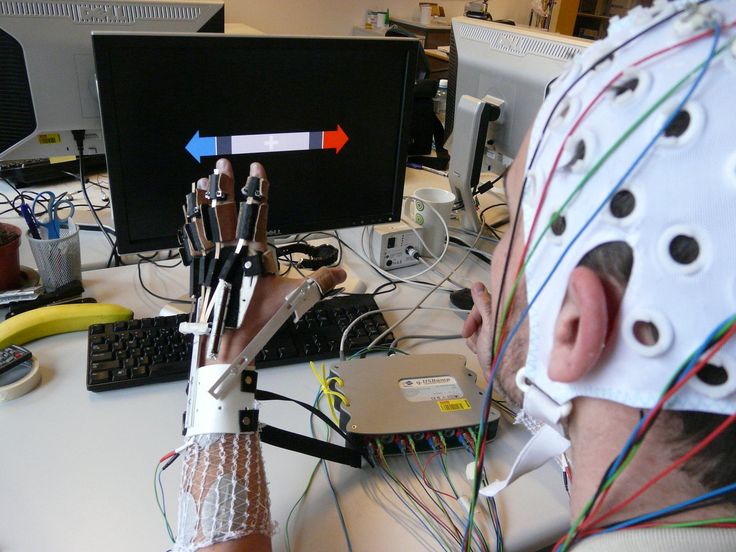Watch monstrous black hole GOBBLE up a star before Earth-shattering explosion in incredible new Nasa clip

WATCH the shocking moment a rare black whole gobbles up a star and causes an earth-shattering explosion in a stunning new Nasa clip.
Astronomers have created an extraordinary animation after detecting what they believe to be an extremely rare type of "missing link" black hole shredding a distant star.
The animation shows the rare moment that the suspected intermediate-mass black hole (IMBH) HLX-1 ripped apart the star, triggering the almighty explosion.
Black holes come in a range of sizes, but can be up to 40 billion times bigger than the Sun, Live Science reports.
According to Live Science, IMBHs are hard to spot and often confused with clusters of smaller black holes left over from collapsed stars.
Researches also think they may hide behind small groups of stars that closely orbit them without being ripped apart.
Therefore, the best way to spot an IMBH is indirectly, by measuring the masses of merging black holes or by catching them in the act consuming a star.
In a study published April 11 in The Astrophysical Journal, researchers reported that they'd spotted another promising IMBH candidate, located more than 450 million light-years from Earth.
By combining data from theHubble Space TelescopeandNASA's Chandra X-ray Observatory, the study team believes they have spotted a bright flash, or "tidal disruption event," caused by the black hole devouring a neighbouring star.
However, as with many other IMBH candidates, it is not 100% certain that HLX-1 is real.
In addition to being rare, IMBHs are important because of what they can tell us about other black holes.
Yi-Chi Chang, a researcher at the National Tsing Hua University, said: "They represent a crucial missing link in black hole evolution between stellar mass and supermassive black holes."
One theory is that they may start as large stellar-mass black holes and eventually grow into supermassive black holes over the course of billions of years.
In a search for answers, astronomers are now on the lookout for more potential tidal disruption events on the edges of other galaxies.
You may also like...
How Technology, Equity, and Resilience are Reshaping Global Healthcare

The global healthcare system is undergoing a profound transformation, driven by technological leaps, a renewed focus on ...
A World Unwell: Unpacking the Systemic Failures of Global Health

From recurring pandemics to glaring inequities, the global health system is under immense strain. This article explores ...
Sapa-Proof: The New Budget Hacks Young Nigerians Swear By

From thrift fashion swaps to bulk-buy WhatsApp groups, young Nigerians are mastering the art of sapa-proof living. Here ...
The New Age of African Railways: Connecting Communities and Markets
(5).jpeg)
African railways are undergoing a remarkable revival, connecting cities, boosting trade, creating jobs, and promoting gr...
Digital Nomadism in Africa: Dream or Delusion?

For many, networking feels like a performance — a string of rehearsed elevator pitches and awkward coffee chats. But it ...
The Ethics of Brain-Computer Interfaces: When Technology Meets the Mind

This piece redefines networking as a practice rooted in curiosity, generosity, and mutual respect, sharing stories from ...
Carthage: The African Power That Challenged Rome

Long before Rome became the undisputed master of the Mediterranean, it faced a formidable African rival whose power, wea...
Africa’s Oldest Seat of Learning: The Story of al-Qarawiyyin

Long before Oxford or Harvard opened their doors, Africa was already home to a seat of learning that would shape global ...




